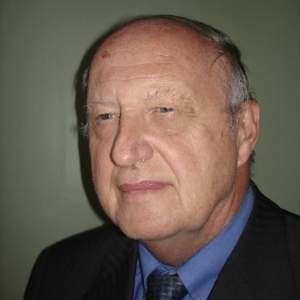Piezotronics stands at the forefront of the convergence between electronics and piezoelectricity, dedicated to advancing the development and utilization of devices that leverage the piezoelectric effect for electronic functions. The piezoelectric effect is the capability of specific materials to produce an electric charge when subjected to mechanical stress. Within the realm of Piezotronics, this phenomenon is harnessed to craft inventive electronic components and systems with distinctive capabilities. Unlike traditional electronics relying on electron movement through semiconductors, Piezotronics employs mechanical deformation to manipulate charges, presenting new avenues for energy-efficient and responsive devices.
A primary application of Piezotronics lies in the creation of self-powered sensors and energy harvesters. These devices can transform mechanical vibrations, such as those from motion or ambient sources, into electrical energy. This feature proves invaluable in situations where conventional power sources are impractical or inaccessible. Moreover, Piezotronics has found use in touch-sensitive interfaces, facilitating the development of more durable and energy-efficient touchscreens and touch-sensitive surfaces. The technology's seamless integration of mechanical and electronic functionalities has the potential to transform diverse industries, including wearables, Internet of Things (IoT) devices, and more.
As Piezotronics research advances, scientists and engineers are delving into innovative materials and design principles to enhance the efficiency and adaptability of these devices. The field holds the potential to foster environmentally friendly technologies that meet the escalating demand for sustainable and energy-efficient solutions. Whether through self-powered sensors, responsive interfaces, or other inventive applications, Piezotronics is charting a course towards a new era of electronics that capitalizes on the inherent properties of materials to create more intelligent and efficient devices.

Thomas J Webster
Hebei University of Technology, United States
Hossein Hosseinkhani
Innovation Center for Advanced Technology, Matrix, Inc., United States
Hai Feng Ji
Drexel University, United States
Paulo Cesar De Morais
Catholic University of Brasilia, Brazil
Azzedine Bensalem
Long Island University, United States
Robert Buenker
Wuppertal University, Germany
Rafal Kozubski
Jagiellonian University in Krakow, Poland
Sylwia Wcislik
Kielce University of Technology, Poland
Raman Singh
Monash University-Clayton Campus, Australia


Title : Circumventing challenges in developing CVD graphene coating on mild steel: A disruptive approach to remarkable/durable corrosion resistance
Raman Singh, Monash University-Clayton Campus, Australia
Title : Highlighting recent advancements in electromagnetic field subwavelength tailoring using nanoparticle resonant light scattering and related topics
Michael I Tribelsky, Moscow State University, Russian Federation
Title : The impact of nanomedicine: 30,000 orthopedic nano implants with no failures and still counting
Thomas J Webster, Hebei University of Technology, United States
Title : Logistic-modified mathematical model for tumor growth treated with nanosized cargo delivery system
Paulo Cesar De Morais, Catholic University of Brasilia, Brazil
Title : Current and future of red and black phosphorus nanomaterials
Hai Feng Ji, Drexel University, United States
Title : Azodye photoaligned nanolayers for liquid crystal: New trends
Vladimir G Chigrinov, Hong Kong University of Science and Technology, Hong Kong
Title : Atomistic simulation of chemical ordering phenomena in nanostructured intermetallics
Rafal Kozubski, Jagiellonian University in Krakow, Poland
Title : The enhanced cytotoxic effect of curcumin on leukemic stem cells via CD123-targeted nanoparticles
Wariya Nirachonkul, Chiang Mai University, Thailand
Title : Efficiency of nanoparticles (Micromage-B) in the complex treatment of multiple sclerosis
Andrey Belousov, Kharkiv National Medical University, Ukraine
Title : Innovative method of nanotechnology application in the complex treatment of multiple sclerosis
Andrey Belousov, Kharkiv National Medical University, Ukraine